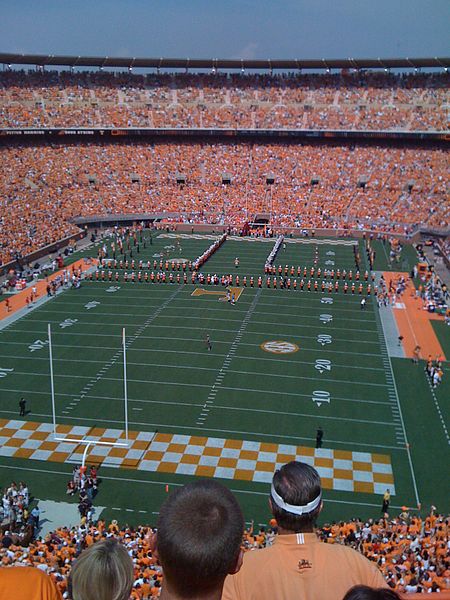In Tales from College Football’s Sidelines, Herschel Nissenson tells a story about Steve Spurrier’s only trip to Athens to play the University of Georgia while head coach of the University of Florida. The Gator Bowl, now EverBank Field, was being renovated in 1994-1995, and the two schools agreed to play a home-and-home series on their respective campuses. Florida won the 1994 contest in Gainesville, 52-14, and the 1995 game came to Athens.
Florida had the ball at the Georgia 8-yard line in the waning minutes with a 45-17 lead. Spurrier sent in the field goal unit. Before the kick, Spurrier received a phone call from someone in the press box. The caller informed Spurrier that no team had ever scored 50 points on Georgia in Sanford Stadium.
Spurrier called time out, decided on a play, and sent the offense back on the field. Quarterback Eric Kresser tossed a touchdown pass to receiver Travis McGriff to give Florida the points needed to exceed the 50 mark.
After the play, Spurrier called back to the person in the press box and declared, “Have now.”




